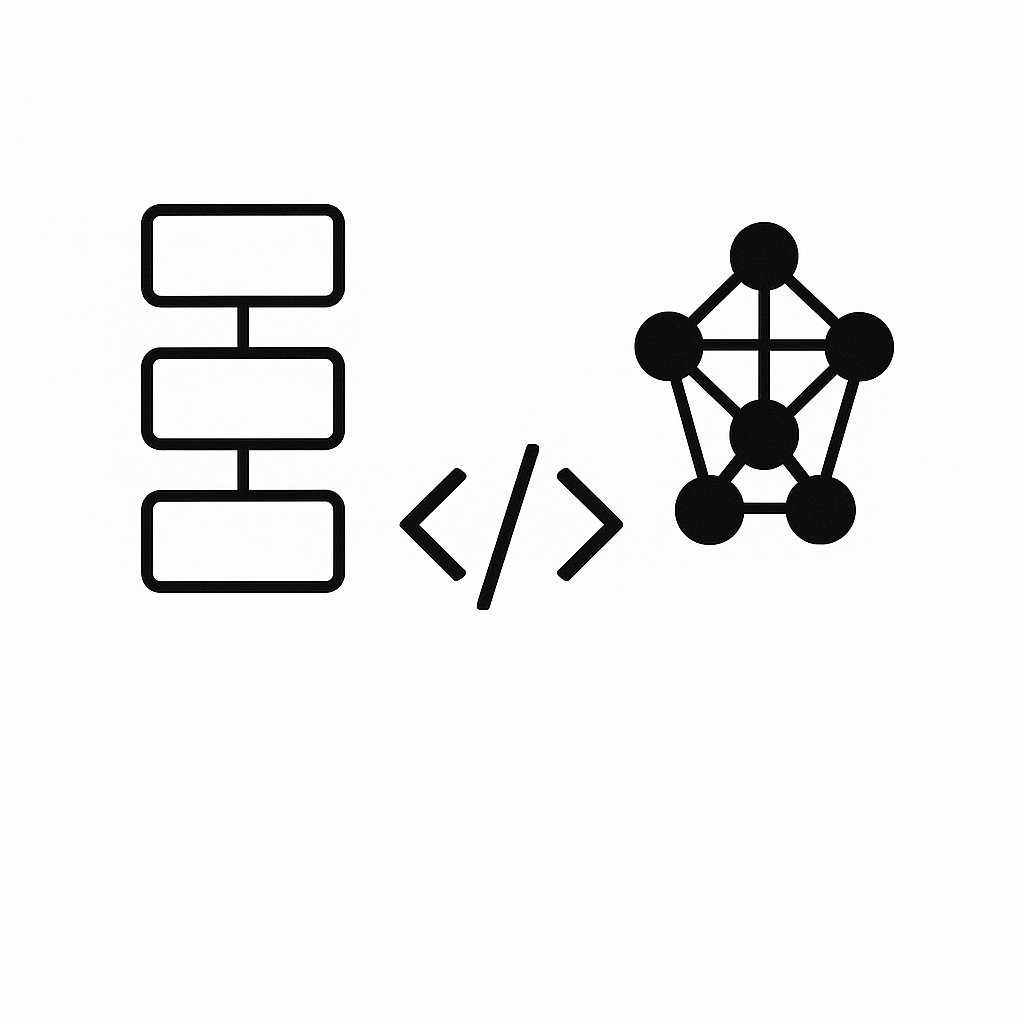
TL;DR
On November 24, 2025, President Trump signed an Executive Order launching “The Genesis Mission.” This initiative aims to centralize federal data and high-performance computing under the Department of Energy to create a massive AI platform. Likened to the World War II Manhattan Project, its goal is to accelerate scientific discovery in critical fields like nuclear energy, biotechnology, and advanced manufacturing.
Key Takeaways
- The “Manhattan Project” of AI: The Administration frames this as a historic national effort comparable in urgency to the project that built the atomic bomb, aimed now at global technology dominance.
- Department of Energy Leads: The Secretary of Energy will oversee the mission, leveraging National Labs and supercomputing infrastructure.
- The “Platform”: A new “American Science and Security Platform” will be built to host AI agents, foundation models, and secure federal datasets.
- Six Core Challenges: The mission initially focuses on advanced manufacturing, biotechnology, critical materials, nuclear energy, quantum information science, and semiconductors.
- Data is the Fuel: The order prioritizes unlocking the “world’s largest collection” of federal scientific datasets to train these new AI models.
Detailed Summary of the Executive Order
The Executive Order, titled Launching the Genesis Mission, establishes a coordinated national effort to harness Artificial Intelligence for scientific breakthroughs. Here is how the directive breaks down:
1. Purpose and Ambition
The order asserts that America is currently in a race for global technology dominance in AI. To win this race, the Administration is launching the “Genesis Mission,” described as a dedicated effort to unleash a new age of AI-accelerated innovation. The explicit goal is to secure energy dominance, strengthen national security, and multiply the return on taxpayer investment in R&D.
2. The American Science and Security Platform
The core mechanism of this mission is the creation of the American Science and Security Platform. This infrastructure will provide:
- Compute: Secure cloud-based AI environments and DOE national lab supercomputers.
- AI Agents: Autonomous agents designed to test hypotheses, automate research workflows, and explore design spaces.
- Data: Access to proprietary, federally curated, and open scientific datasets, as well as synthetic data generated by DOE resources.
3. Timeline and Milestones
The Secretary of Energy is on a tight schedule to operationalize this vision:
- 90 Days: Identify all available federal computing and storage resources.
- 120 Days: Select initial data/model assets and develop a cybersecurity plan for incorporating data from outside the federal government.
- 270 Days: Demonstrate an “initial operating capability” of the Platform for at least one national challenge.
4. Targeted Scientific Domains
The mission is not open-ended; it focuses on specific high-impact areas. Within 60 days, the Secretary must submit a list of at least 20 challenges, spanning priority domains including Biotechnology, Nuclear Fission and Fusion, Quantum Information Science, and Semiconductors.
5. Public-Private and International Collaboration
While led by the DOE, the mission explicitly calls for bringing together “brilliant American scientists” from universities and pioneering businesses. The Secretary is tasked with developing standardized frameworks for IP ownership, licensing, and trade-secret protections to encourage private sector participation.
Analysis and Thoughts
“The Genesis Mission will… multiply the return on taxpayer investment into research and development.”
The Data Sovereignty Play
The most significant aspect of this order is the recognition of federal datasets as a strategic asset. By explicitly mentioning the “world’s largest collection of such datasets” developed over decades, the Administration is leveraging an asset that private companies cannot easily duplicate. This suggests a shift toward “Sovereign AI” where the government doesn’t just regulate AI, but builds the foundational models for science.
Hardware over Software
Placing this under the Department of Energy (DOE) rather than the National Science Foundation (NSF) or Commerce is a strategic signal. The DOE owns the National Labs (like Oak Ridge and Lawrence Livermore) and the world’s fastest supercomputers. This indicates the Administration views this as a heavy-infrastructure challenge—requiring massive energy and compute—rather than just a software problem.
The “Manhattan Project” Framing
Invoking the Manhattan Project sets an incredibly high bar. That project resulted in a singular, world-changing weapon. The Genesis Mission aims for a broader diffusion of “AI agents” to automate research. The success of this mission will depend heavily on the integration mentioned in Section 2—getting academic, private, and classified federal systems to talk to each other without compromising security.
The Energy Component
It is notable that nuclear fission and fusion are highlighted as specific challenges. AI is notoriously energy-hungry. By tasking the DOE with solving energy problems using AI, the mission creates a feedback loop: better AI designs better power plants, which power better AI.
